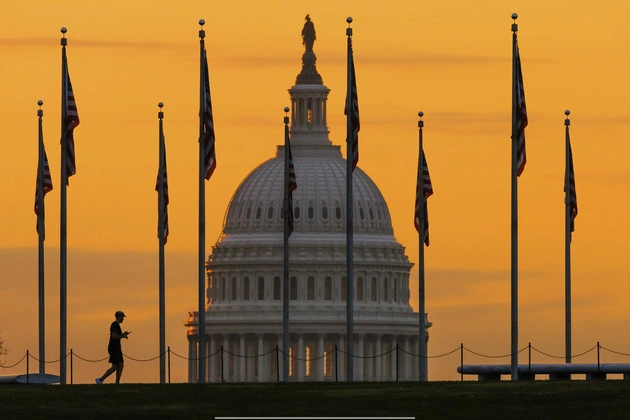
Moody’s Ratings Service made headlines recently by downgrading the U.S.’s creditworthiness, pointing to a concerning trend of escalating government debt and mounting interest expenses.
The Impact of Rising Debt
The firm’s analysis predicts a significant uptick in federal deficits, with projections indicating a jump to nearly 9 percent of GDP by 2035. This marks a substantial increase from the current 6.4 percent recorded in 2024.
The primary drivers behind this worrisome forecast are the surge in interest payments on the national debt, coupled with a surge in entitlement spending and a sluggish growth in revenue collection.
Implications for the Economy
Moody’s downgrade raises concerns about the long-term economic stability of the United States. The increased cost of borrowing, driven by higher interest rates, could restrict the government’s ability to invest in crucial areas such as infrastructure, education, and healthcare.
Moreover, a lower credit rating may lead to higher borrowing costs for businesses and consumers, further dampening economic growth and potentially triggering a ripple effect across global financial markets.
Future Projections
As the U.S. grapples with its growing debt burden, policymakers face tough decisions on how to balance fiscal responsibility with the need for continued economic growth. Addressing the root causes of escalating debt levels and implementing sound fiscal policies will be critical to safeguarding the nation’s financial health in the years to come.











